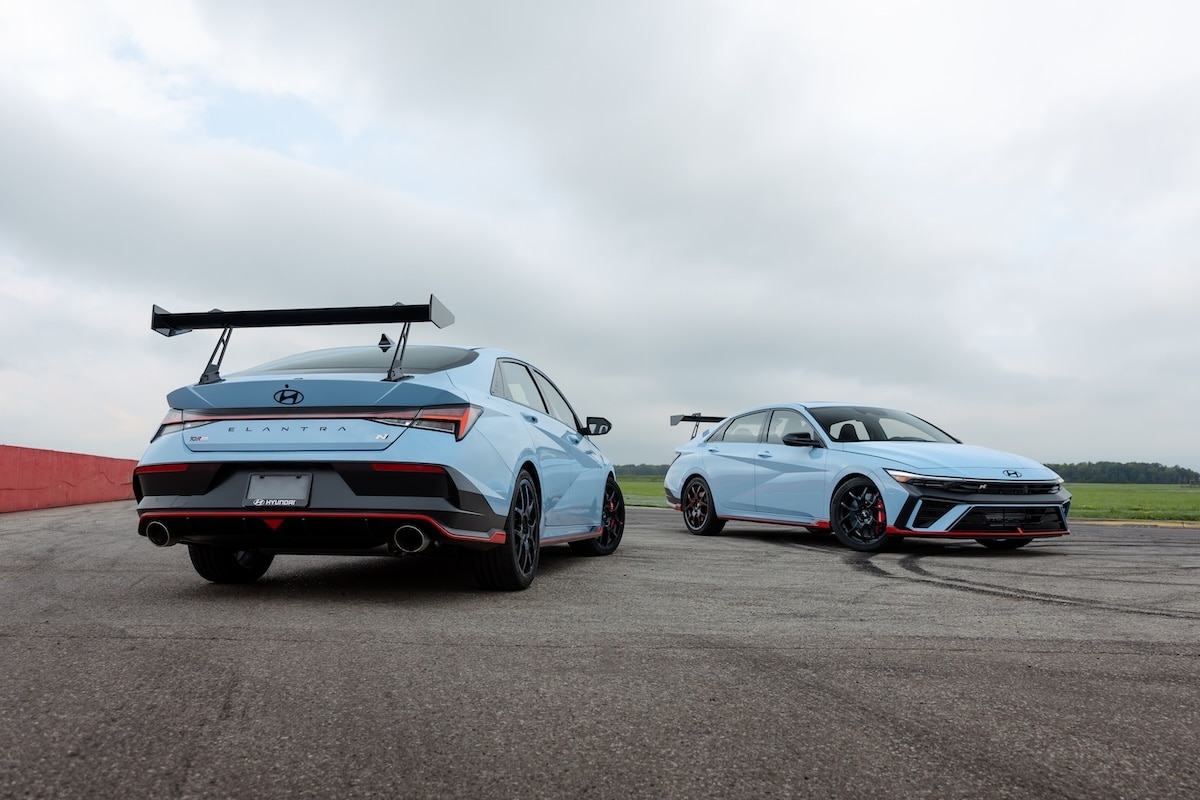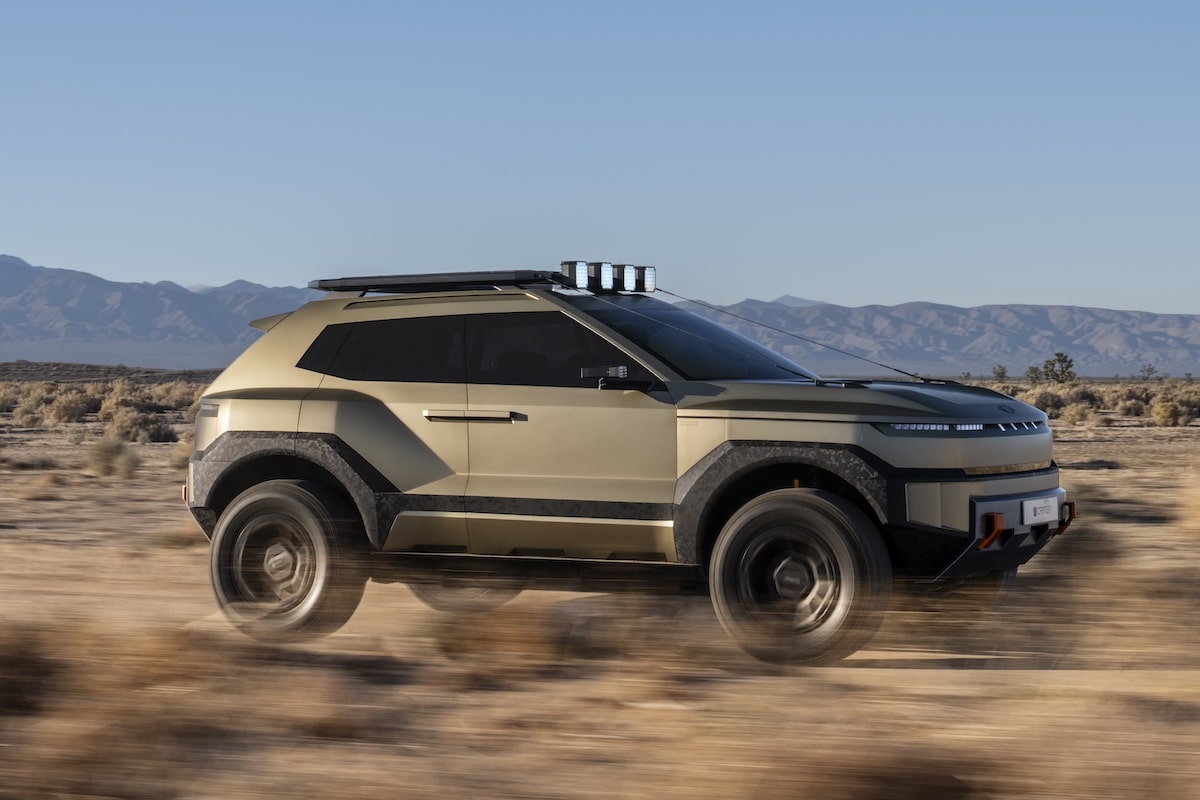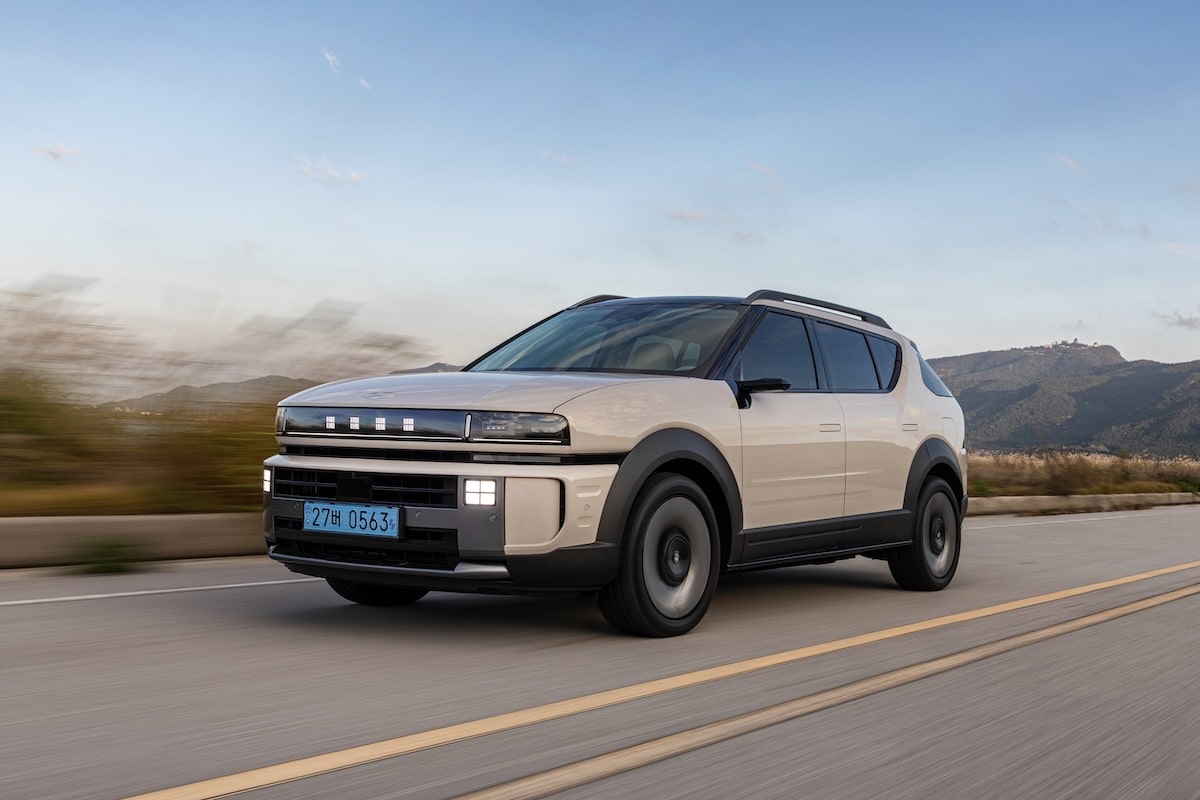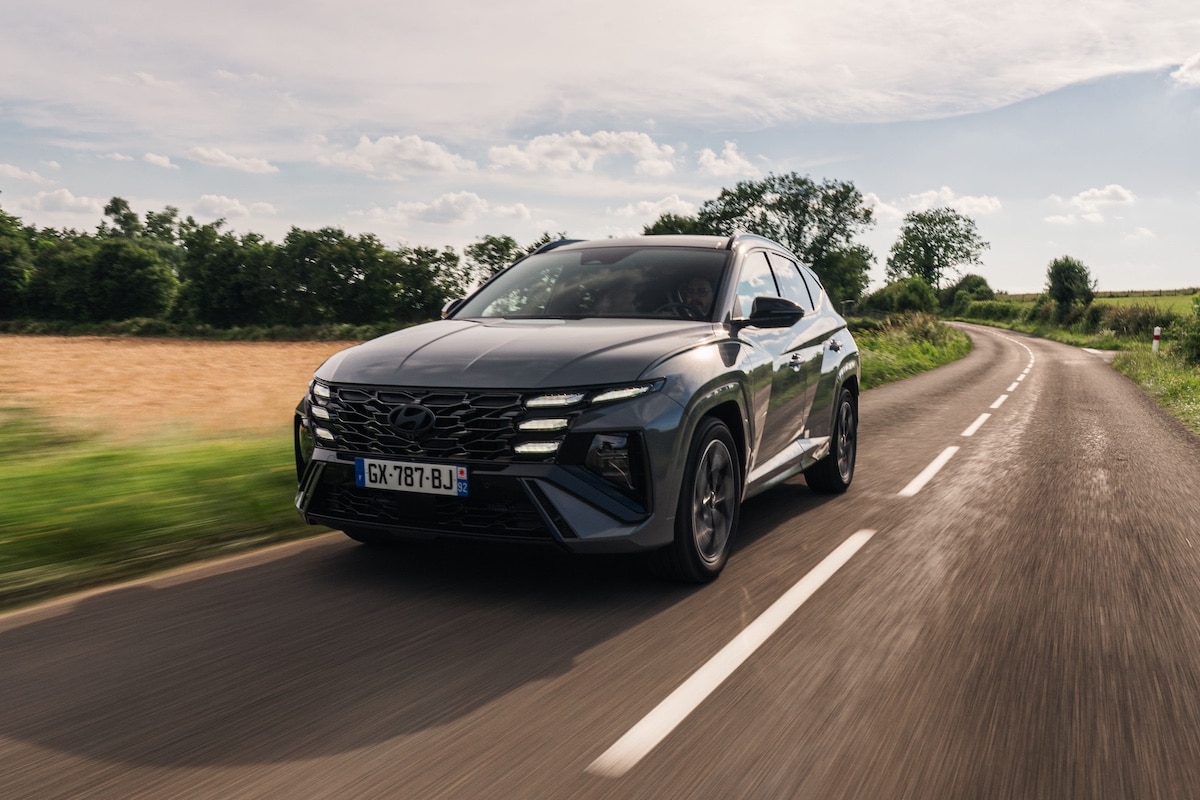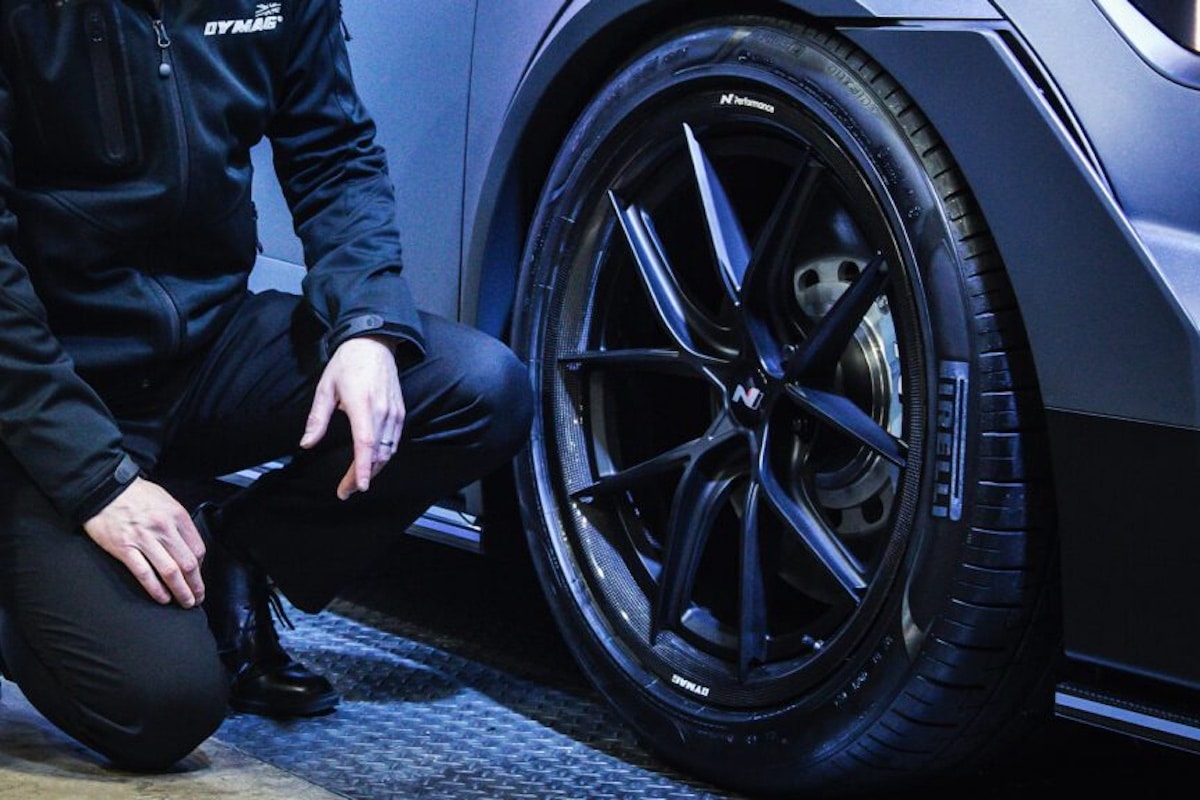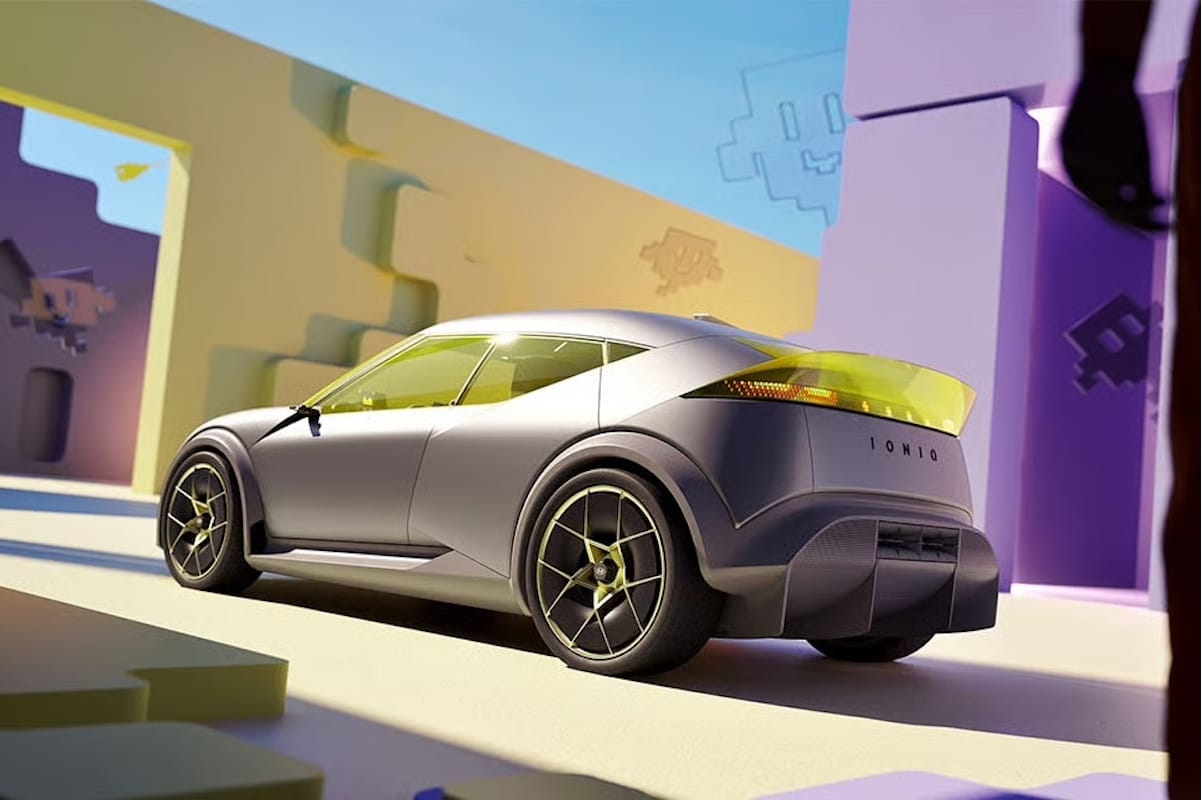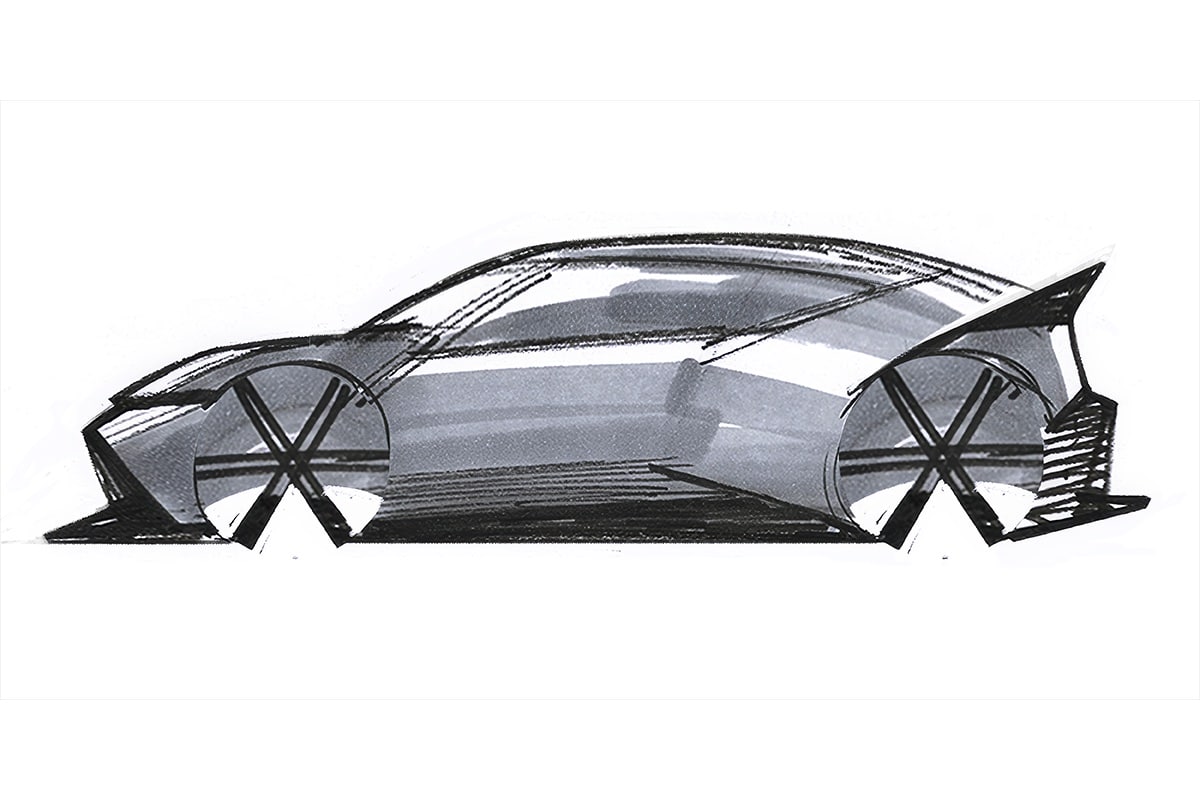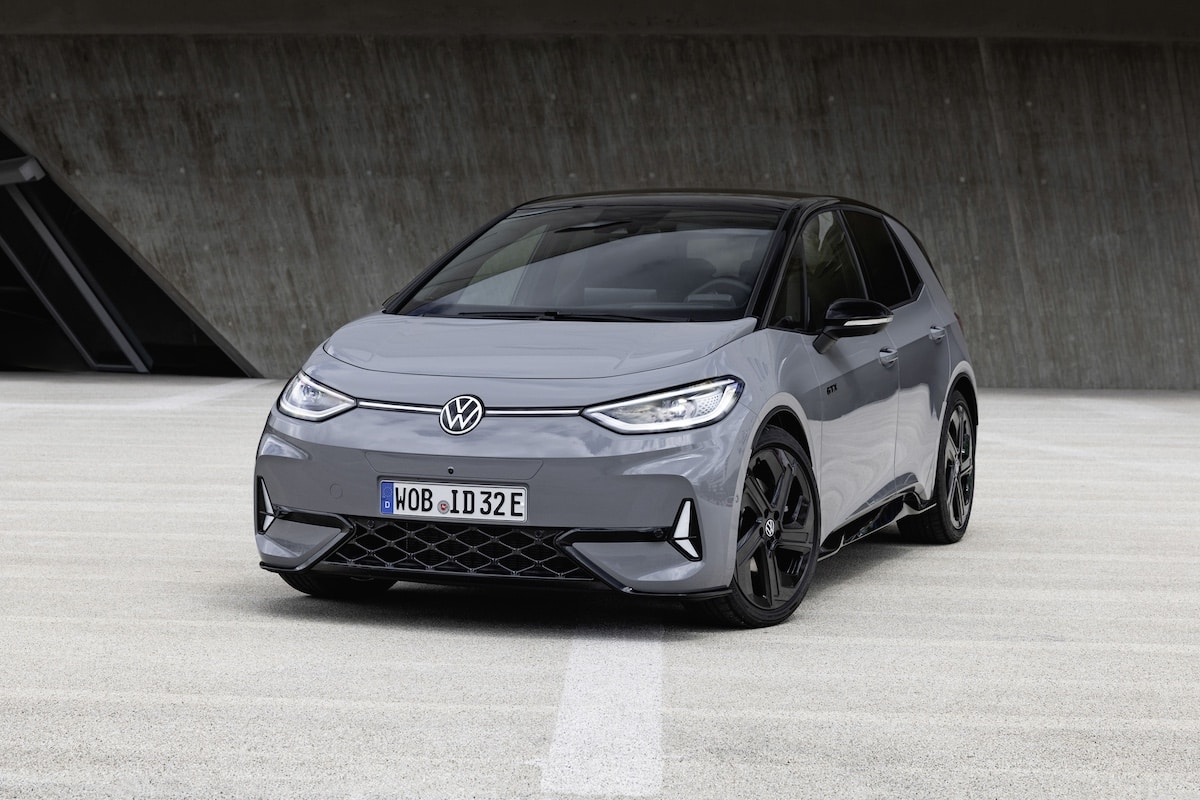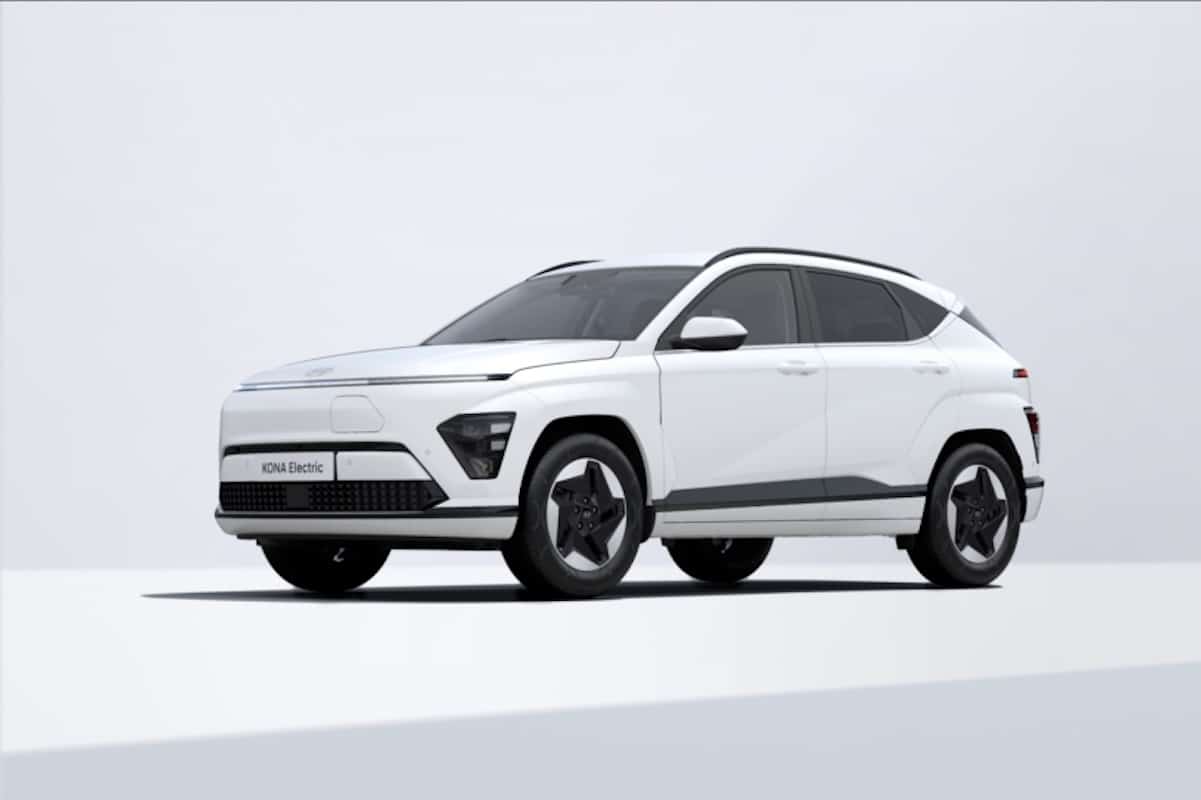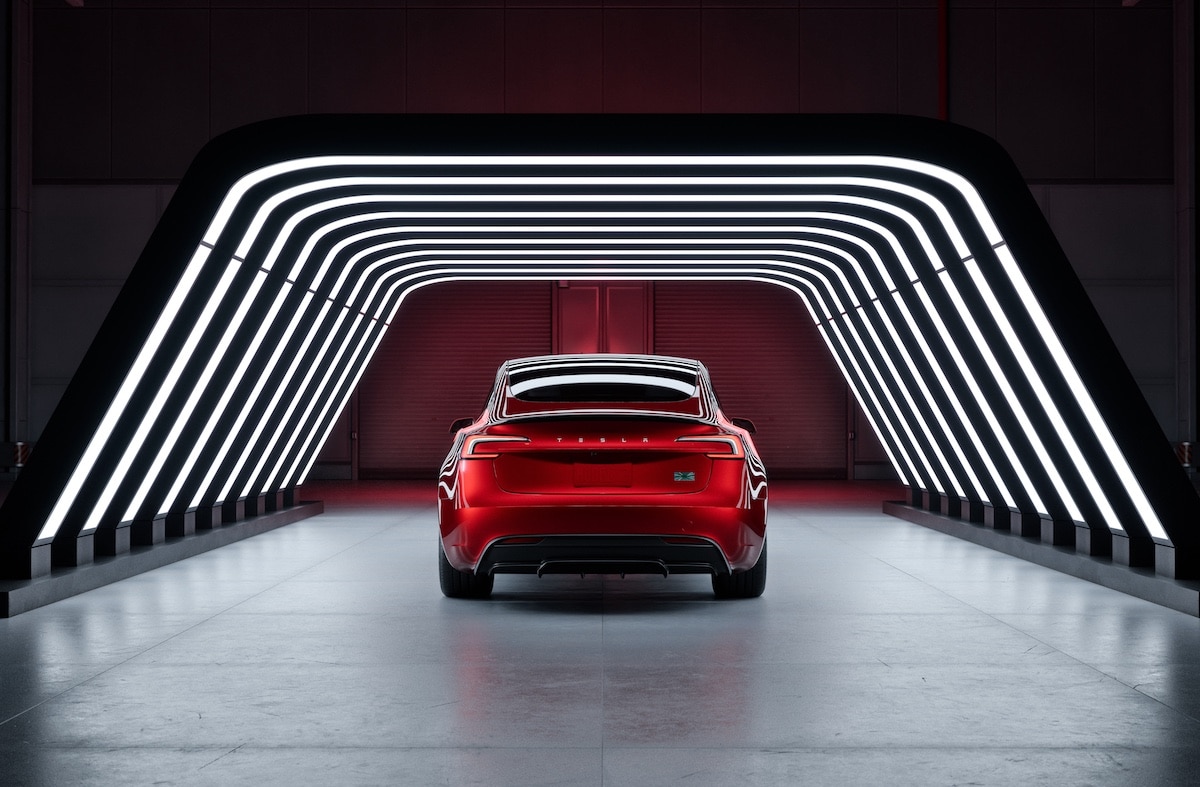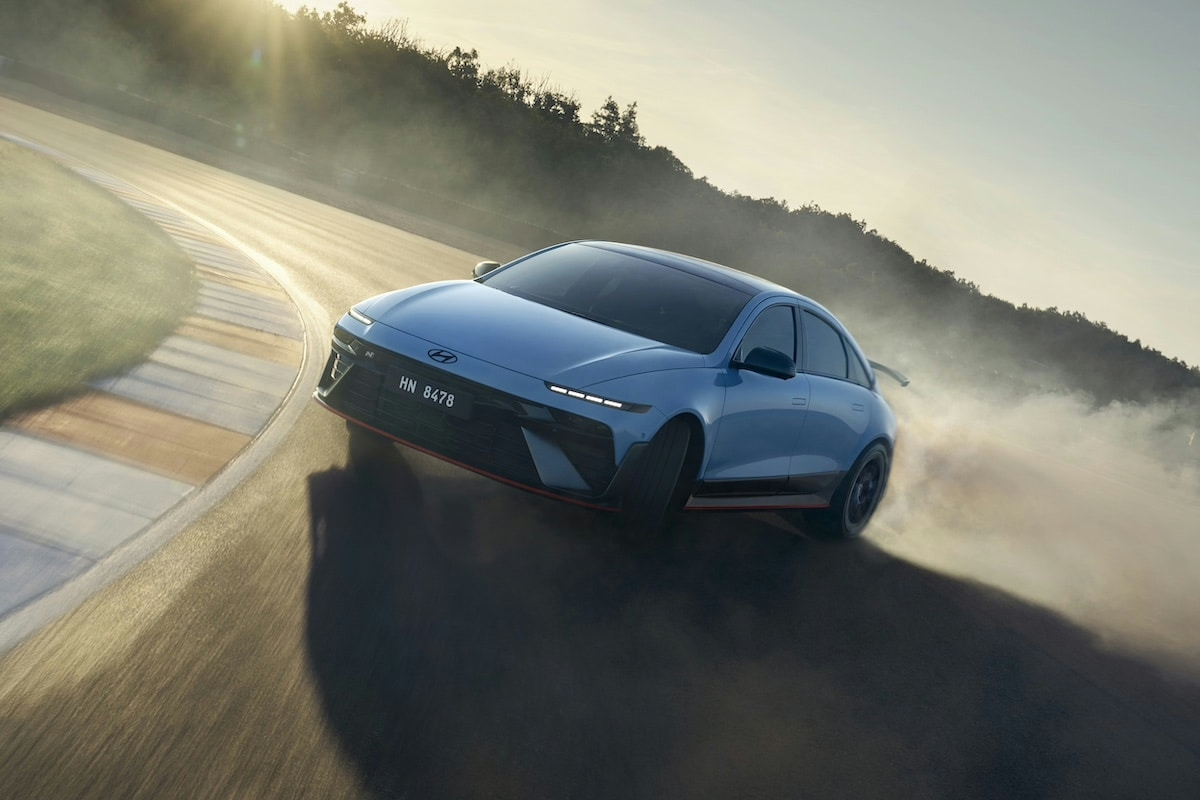Hyundai
Hyundai Ioniq
The brand’s first series electric car, this compact sedan measuring 4.47 meters started with a 30.8 kWh battery, offering less than 300 km of range. In 2020, with a facelift, the Ioniq benefited from a new 38.3 kWh capacity, extending to 382 km per charge. The 100 kW or 136 hp motor powering the car has not changed since.
Hyundai Kona Electric
This small SUV of 4.18 meters is only slightly different from the hybrid and thermal versions, featuring a solid grille. It received a facelift in 2020, adopting new headlights. The Hyundai Kona offers two battery sizes, 39 and 64 kWh, with respective motors of 100 kW and 150 kW. The launch price of €38,100 has evolved over time, now standing at €36,400.
Hyundai Ioniq 5
This 4.63-meter crossover is the first vehicle built on Hyundai’s first electric platform. This “E-GMP” base offers the possibility of 2 or 4-wheel drive versions, as well as variable battery sizes. Initially available with 58 and 72.4 kWh at its launch in 2021, the Hyundai Ioniq 5 has evolved to a large 77 kWh battery by summer 2022. From 340 km on the base version, the range can exceed 500 km with the 77 kWh option. The price of the Hyundai Ioniq 5 starts at €46,500 (end of 2022), allowing for a significant bonus.
Hyundai Ioniq 6
Following the Ioniq 5 crossover, this is the second model to use the new E-GMP electric platform. However, here, the Ioniq 6 features a sedan body, emphasizing aerodynamics and curves. While the interior is similar to the “5”, this model will retain the motors and batteries, with a maximum range exceeding 600 kilometers.
The Future Hyundai Electric Vehicles
In 2023, the second generation of the Hyundai Kona will arrive, built on the platform of its cousin, the Kia e-Niro. In 2024, the brand will launch the Hyundai Ioniq 7, a large electric SUV the size of a Santa Fe, targeting more towards North America.
La société industrielle Hyundai existe depuis 1947, venant de Corée du Sud et fondée par Chung Ju-yung. La branche automobile Hyundai a démarré ses activités en 1967. Elle constitue depuis 2001 le groupe Hyundai Motor, incluant la marque Kia. Derrière Toyota, Volkswagen et GM, c’est le quatrième constructeur mondial.
L’aventure a démarré a débarqué en 1968, la Cortina, une Ford produite sous licence. La vraie première Hyundai est la Pony en 1975, avant une extension rapide sur les continents européens et américains.
Présentation de la marque : Hyundai
La toute première voiture électrique Hyundai fut la Sonata Electric en 1991. Ce concept était peu performant avec 70 km d’autonomie et 60 km/h en pointe. D’autres ont suivi, par le bias des Excel EV, une seconde Sonata, la Scoupe EV et l’Accent EV de 1995 (390 km, 120 km/h).
Mais ce n’est qu’avec la berline Hyundai Ioniq que la grande série arrive au catalogue, et surtout en Europe. Cette berline familiale, existant en hybride et hybride rechargeable, jouait la bonne carte : un véhicule tricorps classique entre les petites compactes Renault ZOE ou BMW i3, et les grands SUV ou berline type Tesla.
Deux ans plus tard, le Kona Electric a amené le format de petit SUV sur le marché des voitures électriques. Puis le concept 45 a apporté la vision de la nouvelle génération, qui découlera sur l’Ioniq 5 en 2021. Ce grand crossover apporte un style radicalement différent pour les Hyundai électriques.
